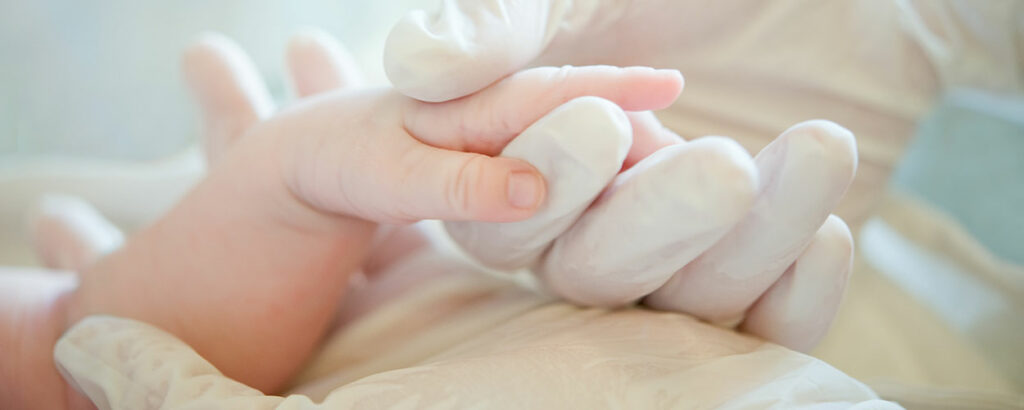In-vitro fertilization, a familiar term now-a-days, is dreaded by many. However it’s the last beacon of hope for several among us.

When is it considered?
Couples usually go for IVF treatment guide if they have issues like endometriosis, low sperm count or motility, problems pertaining to uterus, fallopian tubes or ovulation in general or if the female partner is using donor eggs to conceive.
IVF is also considered when any of the partners is diagnosed with unexplained infertility. Couples opt for this procedure when other less-expensive options like fertility drugs, artificial insemination and reproductive surgery, do not work out.
IVF PROS & CONS
Before you come to any conclusion, let us consider the pros and cons:
PROS
- Medical advancements have led to better IVF pregnancy rates, with almost the same degree of positive outcomes for fresh as well as frozen embryos. Success rates are at almost 40% for women below 35 years of age, and 31% for women between the ages of 35 and 38.
- Fertility drugs used now-a-days have negligible side-affects.
CONS
- IVF is an expensive and time-consuming process. In the US, the cost can vary anywhere between $12000-14000 for one cycle. The couples need to visit their doctor frequently for blood tests and ultrasounds. However Medical travel to destinations offering quality treatment at affordable prices (30-80% price savings) are now available.
- Chances of having more than one baby are higher, as generally more than 1 embryo is transferred into the womb in order to increase the success rate. This may also increase chances of preterm labor .
- Chances of ectopic pregnancy increase during IVF i.e. where pregnancy occurs outside the uterus.
- Due to dosage of hormone administered, some women experience OHSS (ovarian hyper stimulation syndrome), whereby ovaries become swollen. In rare cases, OHSS may also lead to weight gain and nausea.
What to ask the best IVF doctors?
You should ask your doctor about the clinic’s ratio of successful IVF treatments, cost of full treatment (and other hidden costs), rate of patients with OHSS or other complications, the advantages of the particular clinic over others clinics.
IVF STEP BY STEP GUIDE
Step 1: Ovulation induction
Female counterpart is given fertility medicines to produce one or more eggs. Multiple eggs invariably mean increased chances of conception. Donor eggs can be used if eggs are not produced even after injecting fertility hormones.
Step 2: Retrieving the Egg
This involves a minor surgery to isolate the oocyte (egg) from the follicular fluid. Thereafter, the egg is transferred to the incubator.
Step 3: Egg Fertilization
The egg is fertilized with sperm. The process takes place in an incubator, and constantly monitored to ensure development of a healthy embryo.
Step 4: Embryo transfer & Implantation
The healthiest embryos are transferred into the uterine cavity through a small plastic tube.
On an average, couple may need to undergo 2 – 3 IVF attempts before pregnancy materializes. It takes about 4-6 weeks to complete a single IVF cycle.
Find and compare best hospitals for In-vitro fertilization. Get FREE second opinions from medical experts to select the best IVF specialists and best IVF hospitals worldwide.


 proccessing your request...
proccessing your request...
Comments